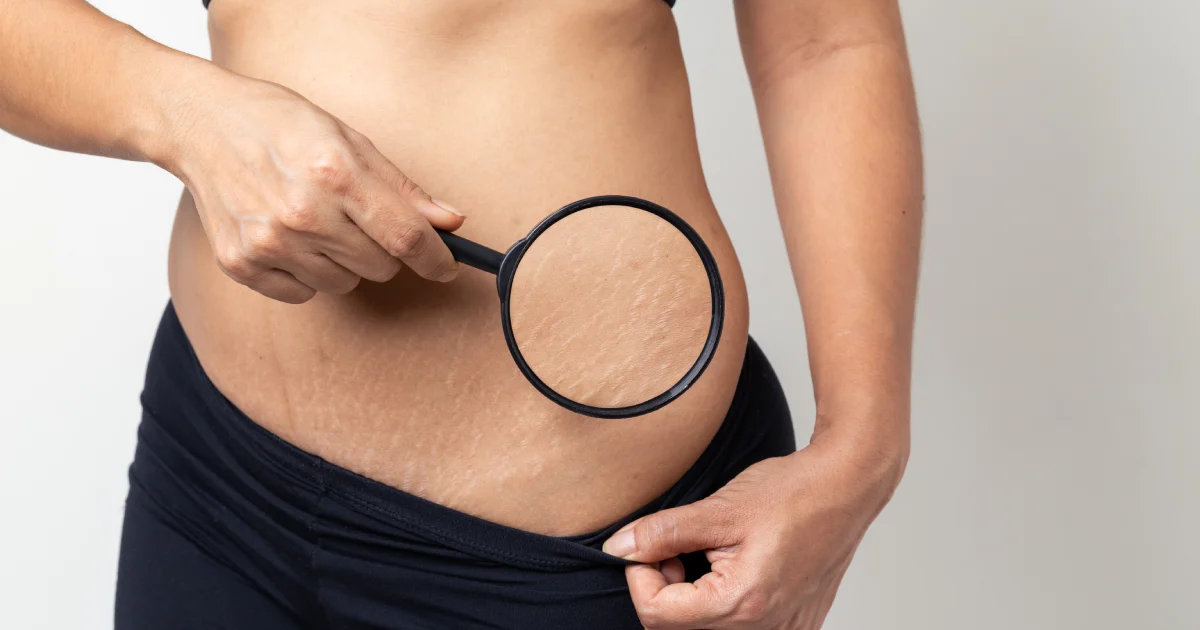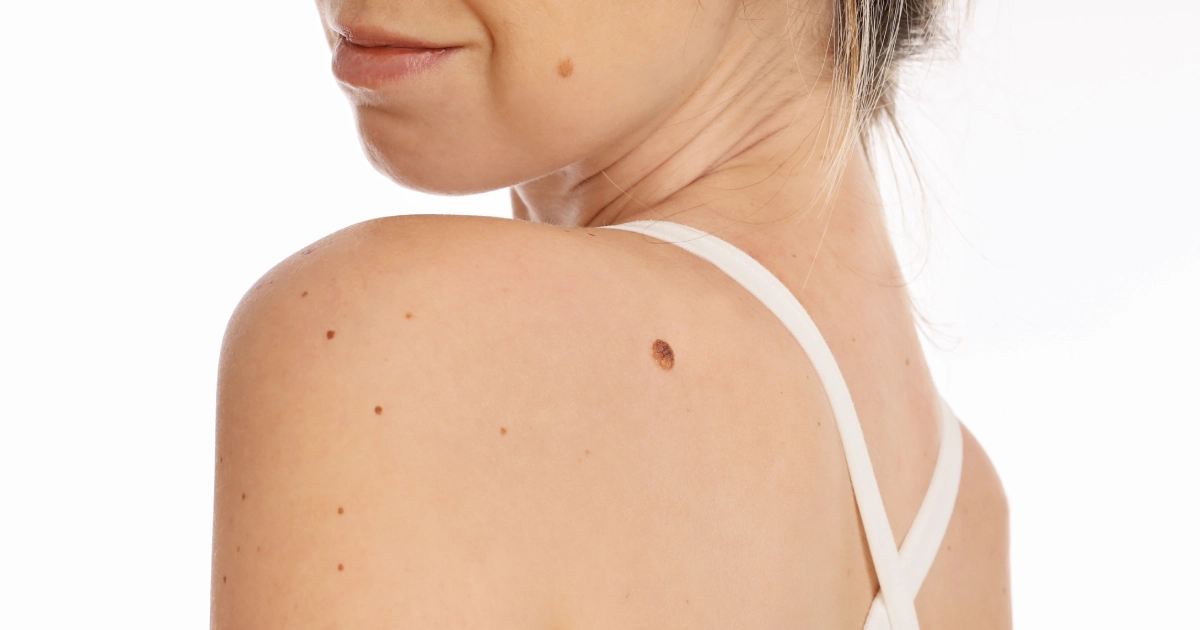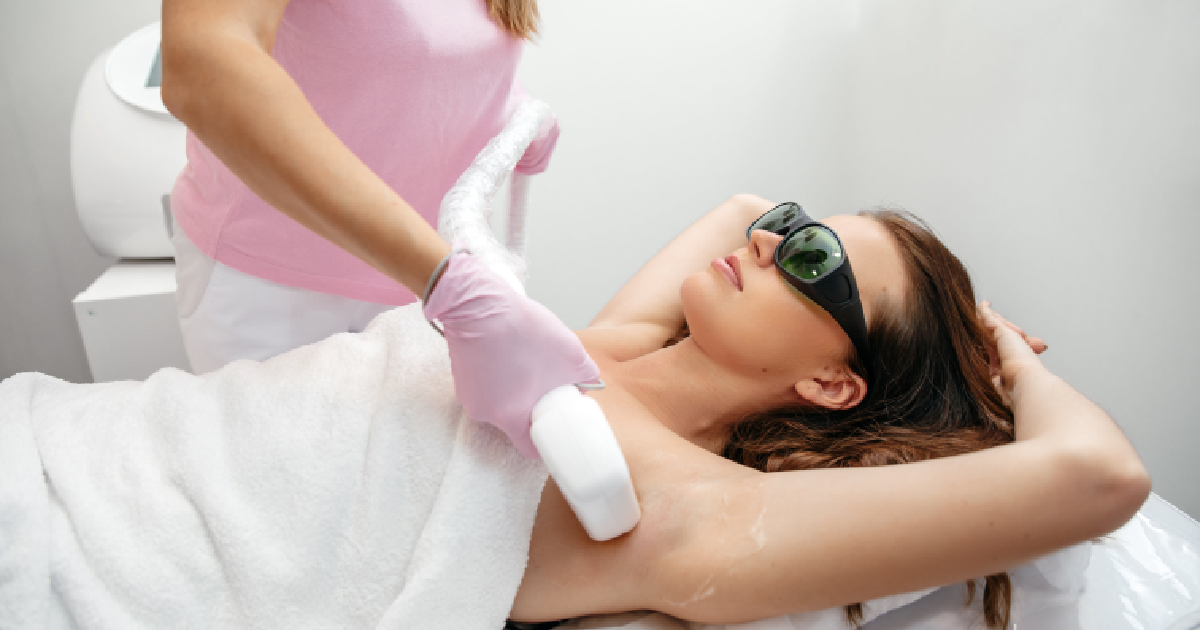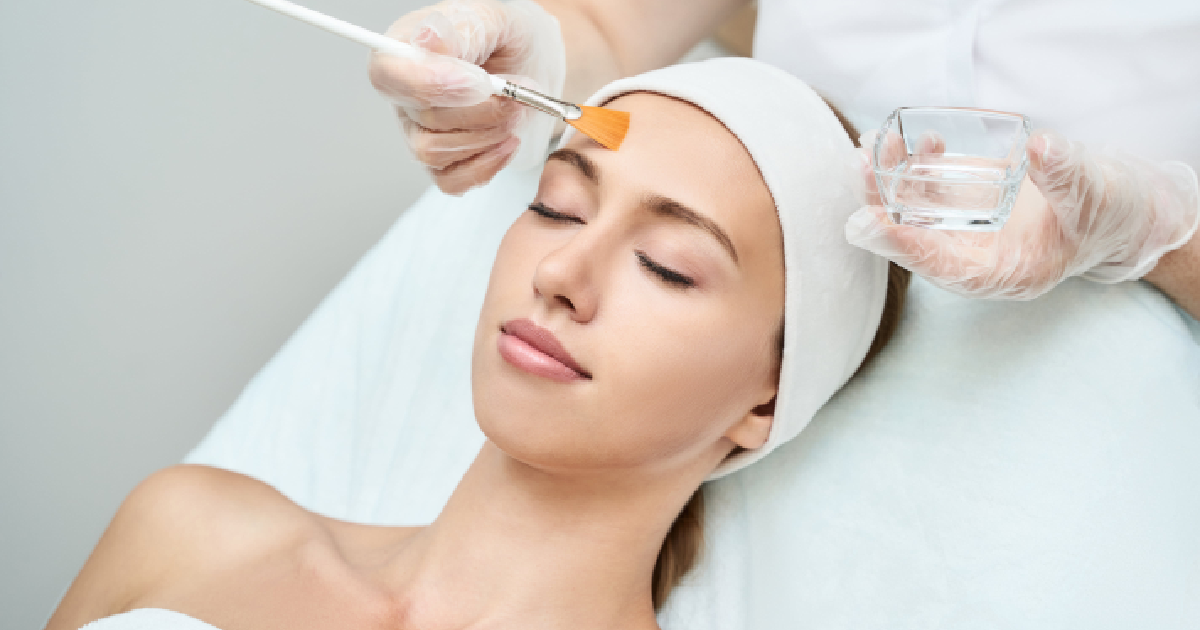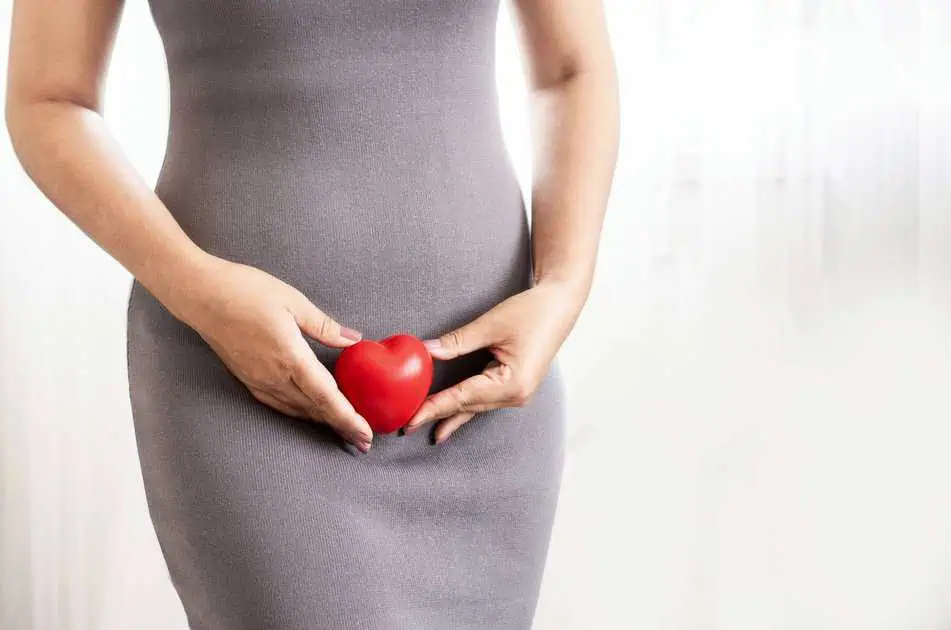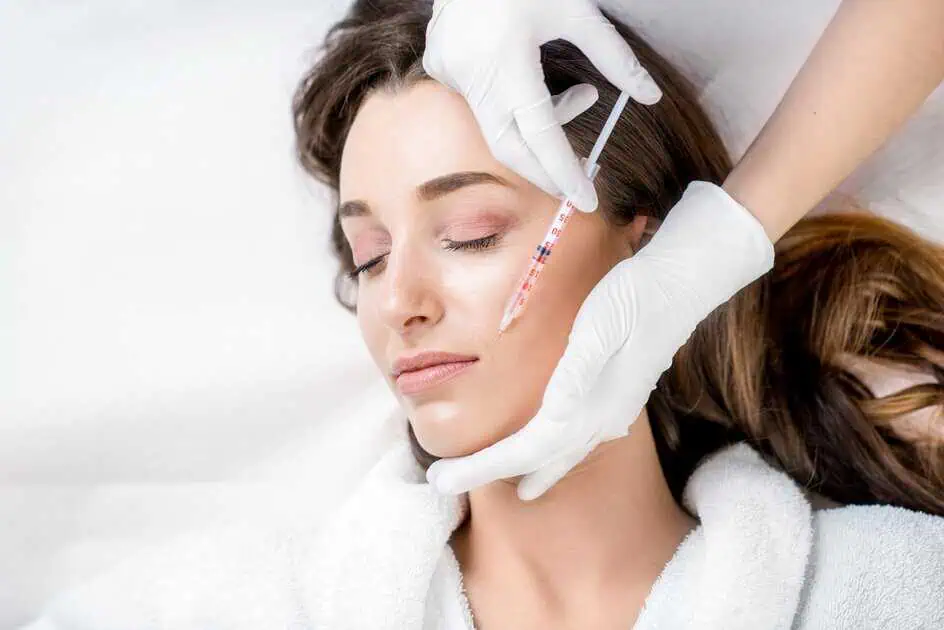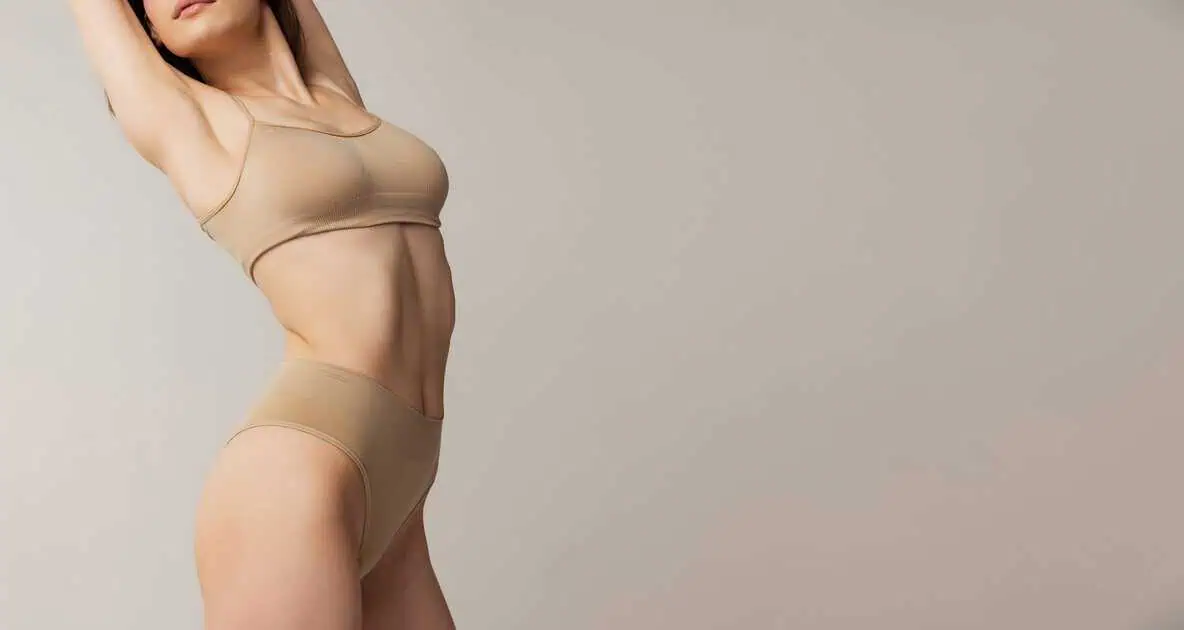Table of Contents
Urinary incontinence may be more common than you think, but that doesn’t make it any less frustrating. Whether it’s a light leak during a laugh or the sudden, urgent need to go without a restroom, it can affect every part of your day—from workouts to work meetings. While it’s often thought of as a problem limited to aging, incontinence affects women of all ages and backgrounds. The good news? It’s highly treatable.
At Laredo Wellness and Aesthetics, advanced options are helping women regain bladder control and confidence without surgery or lengthy downtime. Let’s break down what causes urinary incontinence, the different types, and the top medical treatments making a real difference for women seeking relief, especially those seeking urinary incontinence treatment in Laredo, TX.
What Is Urinary Incontinence?
Urinary Incontinence in Laredo, TX, is the involuntary loss of urine. It’s not a disease but a symptom of various underlying issues that affect how the bladder, urethra, and pelvic floor muscles function. For many women, it begins subtly—maybe a few drops after a sneeze or a sudden urgency that’s hard to control. Left unaddressed, it can worsen over time and disrupt everything from physical activity to intimate relationships.
There are different types of urinary incontinence, each with its cause and contributing factors.
Types of Urinary Incontinence
Stress Incontinence
Stress incontinence is the most common type and typically occurs when physical activities—like coughing, sneezing, laughing, or exercising—put pressure on the bladder. It’s often linked to weakened pelvic floor muscles after childbirth, surgery, or hormonal changes.
Urge Incontinence
Urge incontinence, sometimes referred to as overactive bladder, is characterized by an abrupt, strong need to pee followed by involuntary leakage. This can be caused by nerve damage, bladder irritation, or conditions like diabetes.
Mixed Incontinence
Mixed incontinence, which combines urge and stress incontinence, is a common condition among women. It requires a customized treatment plan that addresses both muscle weakness and nerve-related bladder spasms.
Overflow and Functional Incontinence
These are less common but still important to consider—dribbling results from overflow incontinence, which occurs when the bladder doesn’t drain completely. When someone has physical or mental restrictions that prevent them from getting to the restroom in time, they have functional incontinence.
Why Incontinence Happens
Age plays a role, but it’s far from the only factor. Pregnancy, childbirth, menopause, pelvic surgeries, obesity, chronic coughing, and even certain medications can weaken the pelvic floor or affect bladder function. While lifestyle adjustments like limiting caffeine or practicing pelvic floor exercises can help, many women need more targeted solutions to see lasting improvement.
Fortunately, Laredo Wellness and Aesthetics offers cutting-edge medical treatments beyond liners and pads. Here’s how you can take control—comfortably and confidently.
Top Medical Treatments for Urinary Incontinence
Votiva for Vaginal Rejuvenation and Incontinence Relief
Votiva is a gentle but powerful treatment using radiofrequency energy to stimulate collagen production and tighten vaginal tissues. It’s particularly effective for stress incontinence, where weak pelvic support is a core issue. By firming internal structures, Votiva improves bladder control and enhances sexual wellness at the same time.
Emsella: The “Kegel Throne” for Pelvic Floor Strength
Emsella looks like a sleek, futuristic chair, but what it does is nothing short of transformative. During each session, Emsella uses high-intensity focused electromagnetic energy. Essentially, it delivers the equivalent of over 10,000 Kegels in under 30 minutes—all while you remain fully clothed.
It is ideal for stress, urge, and mild to moderate mixed incontinence. Emsella is also a great option for postpartum women or those recovering from pelvic surgery. Many women also report enhanced sexual sensation and stronger orgasms thanks to improved pelvic floor tone.
The Female Pleasure Shot: More Than Just a Libido Booster
Don’t let the name fool you—this innovative treatment does more than increase sexual satisfaction. The Female Pleasure Shot uses growth factors from your blood to promote tissue regeneration in the vaginal walls and surrounding tissues.
This regenerative approach improves blood flow, moisture, and muscle tone, which can help with both urge and stress incontinence. It also supports vaginal health after menopause, when natural estrogen levels decline, and dryness or atrophy becomes more common.
The procedure is quick and relatively painless, and its benefits extend far beyond bladder control. The package often includes enhanced intimacy, increased confidence, and a general sense of well-being.
Morpheus V: Microneedling Meets Radiofrequency
For those looking to improve both form and function, Morpheus V offers a dual-action solution. This treatment combines the collagen-boosting effects of microneedling with radiofrequency energy to rejuvenate vaginal and vulvar tissues. The result? Firmer tissue, improved moisture, and better bladder support.
It is effective for women dealing with mild to moderate incontinence, particularly those experiencing changes due to childbirth, aging, or hormonal shifts. Morpheus V addresses internal and external tissues, offering aesthetic and functional benefits in one treatment.
Is Incontinence Treatment Right for You?
Medical incontinence treatments could be a game-changer if you’re tired of planning your day around bathroom access, limiting workouts, or worrying about intimate moments. The best candidates are women who:
- Experience regular leakage with movement or urgency
- Have not found relief through lifestyle changes or pelvic exercises
- Are looking for non-surgical solutions
- Want to improve both bladder function and vaginal health
Because every woman’s experience with incontinence is unique, our team of skilled professionals builds a personalized plan that addresses your specific symptoms, goals, and lifestyle.
Frequently Asked Questions
How long do the results last?
Individual reaction and therapy have an impact on the results. Many women see improvements in a matter of weeks, and the full advantages take several months to manifest. Periodic maintenance may be advised every six to twelve months.
Are these treatments safe?
Yes. All four treatments offered at Laredo Wellness and Aesthetics are FDA-approved or cleared for vaginal health and urinary incontinence. They’re noninvasive or minimally invasive, with little to no risk of complications.
Can I combine treatments?
Absolutely. Many women benefit from a combination of therapies. For example, Emsella may be paired with Votiva or Morpheus V for enhanced pelvic floor support and tissue remodeling.
Will insurance cover it?
Some treatments may not be covered by insurance, but flexible payment options are often available. A consultation will help clarify costs and determine the best plan based on your needs.
Take the First Step Toward Confidence
Urinary Incontinence in Laredo, TX, doesn’t have to be a lifelong struggle. With today’s medical advancements, more options exist for safe, effective relief. If you’ve been silently managing leaks or constantly scanning for the nearest bathroom, it’s time to rethink what’s possible.
Laredo Wellness and Aesthetics offers a supportive, professional environment where you can explore treatments like Votiva, Emsella, The Female Pleasure Shot, and Morpheus V—all tailored to your needs. Book an appointment and start your personalized care plan now.


